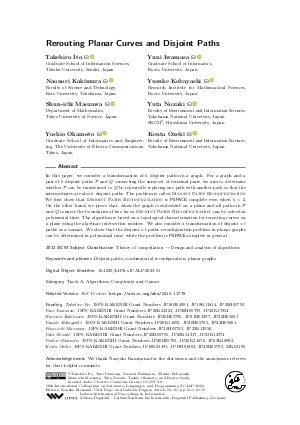LIPIcs.ICALP.2023.81.pdf
- Filesize: 1.34 MB
- 19 pages

 Creative Commons Attribution 4.0 International license
Creative Commons Attribution 4.0 International license







Feedback for Dagstuhl Publishing